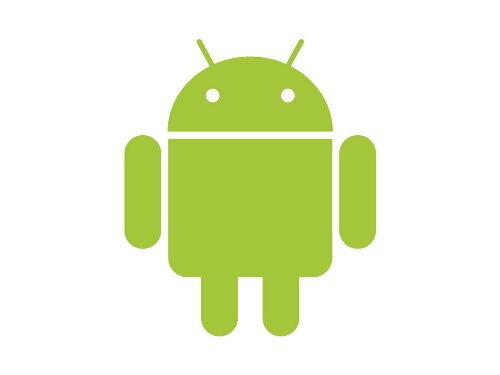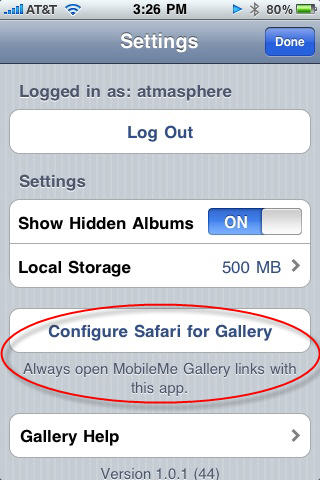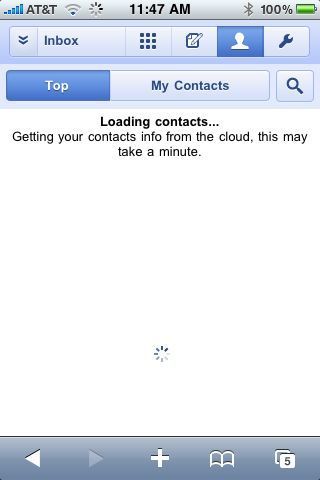

With a family of 5 and a lot of screens our bill is likely at least as high if not much more. AppleTV is our go to for movies on demand and the number of apps (in both app stores) we’ve utilized year over year is too high to try and tabulate. I’m not opposed to paying for quality and utility and have certainly entered my password countless times. Those small tolls really add up.
Nick Bilton explains …
I was tallying my spending of the last year, and much to my surprise, I spent $2,403 in one category. No, that wasn’t on clothes. It wasn’t on my most recent vacation, either. And it wasn’t the total of all my parking tickets (though that did feel as if it came close).
The $2,403 is what I spent on digital media.
But wait, people are spending money online? On media? Didn’t music industry executives declare, “People won’t pay for things online!”? Yes, as did movie industry executives. TV, radio, book, newspaper and magazine bigwigs, too, have all made similar claims over the last decade.
Well, those apocalyptic predictions turn out to be wrong.
I am spending more on digital media than I used to spend on the physical stuff. (The federal government says the average American family spent $2,572 on all entertainment, not just digital, in 2011.) And I know why I am spending more on digital media.
Digital media, unlike its slow cousin, is immediate. In the past, if friends mentioned a good book they had just finished, people made a note (mental or on a scrap of paper) to pick it up during their next visit to the bookstore or library. The same went for other items like CDs, DVDs or magazines.
via NYTimes.com.



